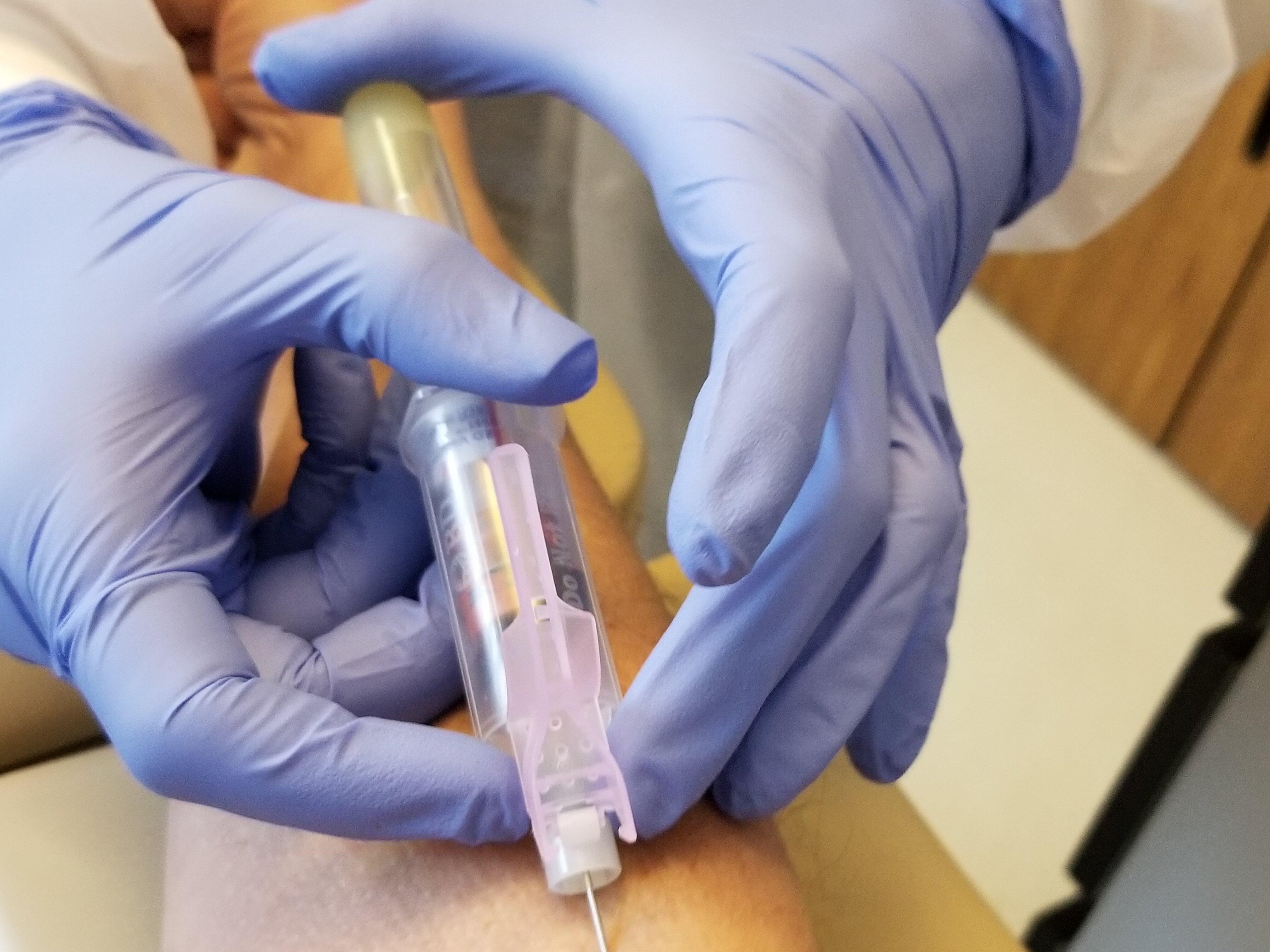Introduction
In times of emergency situation, the capability to do Cardiopulmonary Resuscitation (CPR) can be the difference between life and fatality. In Australia, understanding the CPR certification requirements is crucial for any individual desiring to end up being a licensed rescuer. This extensive overview will delve into what you need to know about mouth-to-mouth resuscitation qualification in Australia, including training options, credibility of certificates, age-specific standards, and more.


CPR Accreditation Demands in Australia: What You Need to Know
What is CPR?
Cardiopulmonary Resuscitation (CPR) is an emergency treatment carried out when someone's heart stops beating or they stop taking a breath. It combines breast compressions with rescue breaths to preserve blood flow and oxygenation till specialist clinical assistance arrives.
Why is mouth-to-mouth resuscitation Important?
The essential importance of CPR can not be overemphasized-- it saves lives. According to statistics from the Australian Resuscitation Council, prompt CPR can double or triple a sufferer's opportunity of survival after cardiac arrest.
Understanding CPR Certification
To end up being licensed in CPR, individuals have to go through training through acknowledged organizations. Certifications typically include hands-on abilities practice and theoretical expertise concerning heart emergencies.
Types of CPR Training Available
Basic Life Assistance (BLS) vs. Advanced Life Support (ALS)
- Basic Life Support (BLS) focuses on fundamental strategies consisting of breast compressions and rescue breaths. Advanced Life Support (ALS) covers much more complicated treatments such as innovative airway monitoring and medicine administration.
Online vs. In-Person Training
- Online CPR certification offers flexibility but might do not have hands-on experience. In-person courses supply useful abilities technique important for efficient feedback in emergencies.
CPR Qualification Process
Choosing an Educating Provider
When seeking training, make certain that your chosen company is approved by reliable companies like the Australian Resuscitation Council or St John Ambulance.
Course Period and Content
Most fundamental courses last regarding 4 hours and cover:
- Adult CPR techniques Use of Automated External Defibrillators (AED) Recognition of heart attack signs
CPR Certificate Validity
How Lengthy Does a Mouth-to-mouth Resuscitation Certification Last?
Typically, a mouth-to-mouth resuscitation certificate remains valid for 3 years prior to needing revival. It is vital to stay upgraded with the most recent procedures and guidelines.
Renewing Your Certification
Renewal typically entails taking a correspondence course that takes another look at vital skills and updates attendees on any kind of changes in guidelines.
Age-Specific mouth-to-mouth resuscitation Standards Australia
Adult vs. Kid vs. Baby mouth-to-mouth resuscitation Techniques
Different age require customized techniques:
- For adults, focus on compression deepness and rate. For kids, readjust compression depth based upon size. Infant mouth-to-mouth resuscitation technique involves gentle compressions and careful ventilation.
Infographic: Age-Specific Techniques
|Age Group|Compression Depth|Ratio|| -----------|-------------------|-------|| Grownups|5-6 centimeters|30:2|| Kids|4-5 cm|30:2|| Babies|1.5 cm|30:2|
CPR Equipment in Australia
Essential Equipment for Reliable Response
Having access to proper CPR equipment help successful resuscitation initiatives:
AEDs Pocket masks GlovesUsing AED with mouth-to-mouth resuscitation in Australia
An Automated External Defibrillator can considerably boost survival prices when used alongside mouth-to-mouth resuscitation-- knowing how to make use of an AED efficiently is important for every single rescuer.
Common Myths Regarding CPR
The Myth of "Mouth-to-mouth Resuscitation Always Restarts Heart"
Many think that doing mouth-to-mouth resuscitation will constantly reboot a heart; nevertheless, this is deceptive-- mouth-to-mouth resuscitation maintains blood circulation until expert assistance arrives yet does not ensure revival.
Debunking Various other Misconceptions
Other myths consist of misconception compression deepness or the efficiency of rescue breaths versus hands-only techniques; education plays an important function in resolving these falsehoods.
Special Scenarios in Performing CPR
CPR for Drowning Victims
Drowning sufferers typically need immediate rescue breaths because of their one-of-a-kind scenarios; understanding this context improves results significantly.
Sports-Related Heart attack Procedures
Recognizing indications certain to professional athletes aids -responders act quickly-- education and learning pertaining to sports-related cardiac incidents is essential for coaches and instructors alike.
Workplace Emergency Plans
Establishing Preparedness at Workplaces
Every office need to have a comprehensive emergency plan that consists of arrangement for first aid training like cpr and first aid combo training courses for employees.
Training Staff members Effectively
Regular training sessions guarantee team are prepared-- not just does this secure employees yet also improves overall work environment safety and security culture.
Frequently Asked Inquiries (Frequently asked questions)
Q1: How do I find regional CPR classes?
A1: Neighborhood community centers or hospitals commonly provide courses; web sites of companies like St John Rescue give listings as well.
Q2: Can I get my qualification online?
A2: Yes! Lots of accredited companies supply online mouth-to-mouth resuscitation certification, however ensure it consists of hands-on method aspects as well.
Q3: Exists a difference in between grown-up and kid certifications?
A3: Yes! Courses particularly customized for babies and youngsters concentrate on HLTAID012 Provide First Aid in an education and care setting age-specific strategies which differ from those taught for adults.
Q4: Just how frequently must I restore my certification?
A4: Generally every three years; nevertheless, remaining upgraded annually with refresher courses is highly suggested provided developing guidelines.
Q5: Exist any kind of certain regulations pertaining to required training?

Q6: What statistics sustain the efficiency of CPR?
A6: Studies indicate that immediate bystander-administered CPR can increase survival prices from heart attack considerably-- typically doubling opportunities of person healing compared to no treatment at all.
Conclusion
Understanding the details of the CPR certification needs virtual first aid in Australia equips individuals throughout numerous markets-- from healthcare professionals to daily residents-- to act decisively during emergency situations. With appropriate training, awareness of age-specific standards, understanding regarding tools such as AEDs, and familiarity with usual myths bordering resuscitation initiatives, one can absolutely make a difference when it matters most. Whether you're considering enrolling in local courses or exploring online alternatives like online mouth-to-mouth resuscitation certification, remember that each action taken towards coming to be qualified contributes towards conserving lives-- an honorable quest indeed!